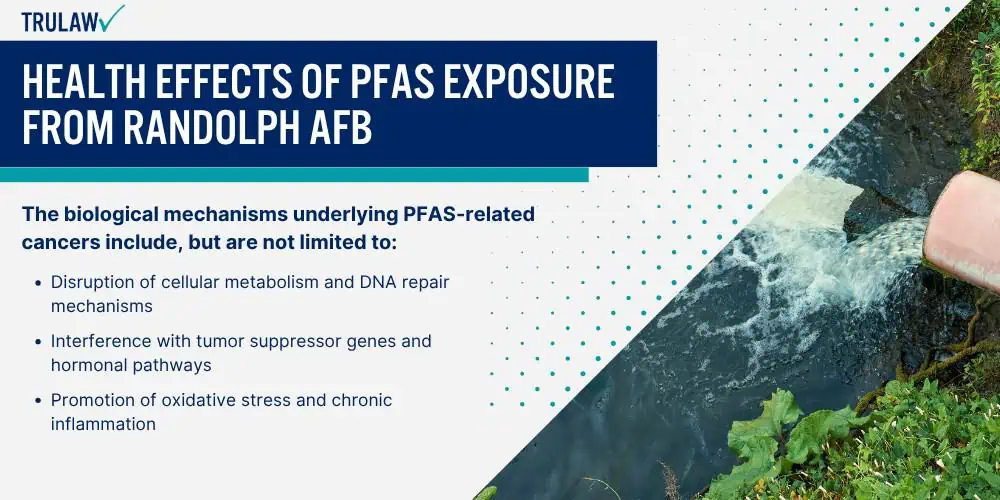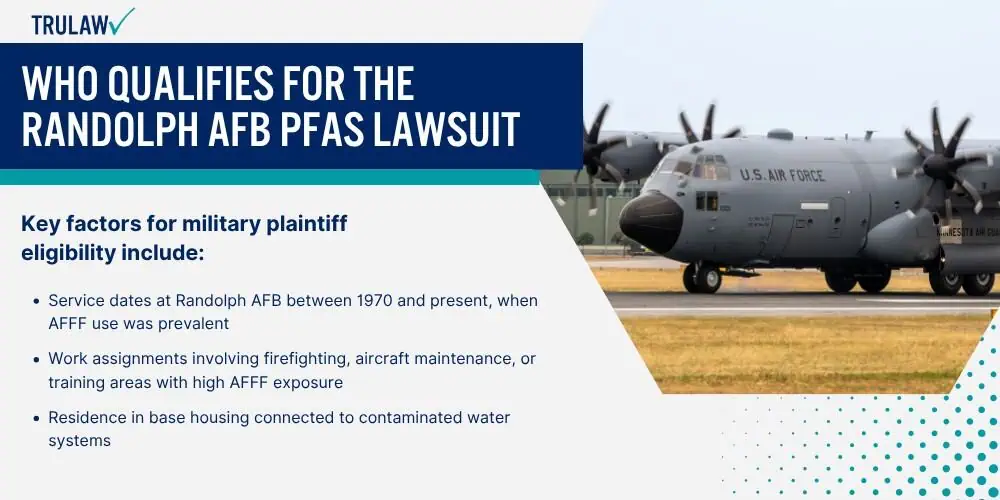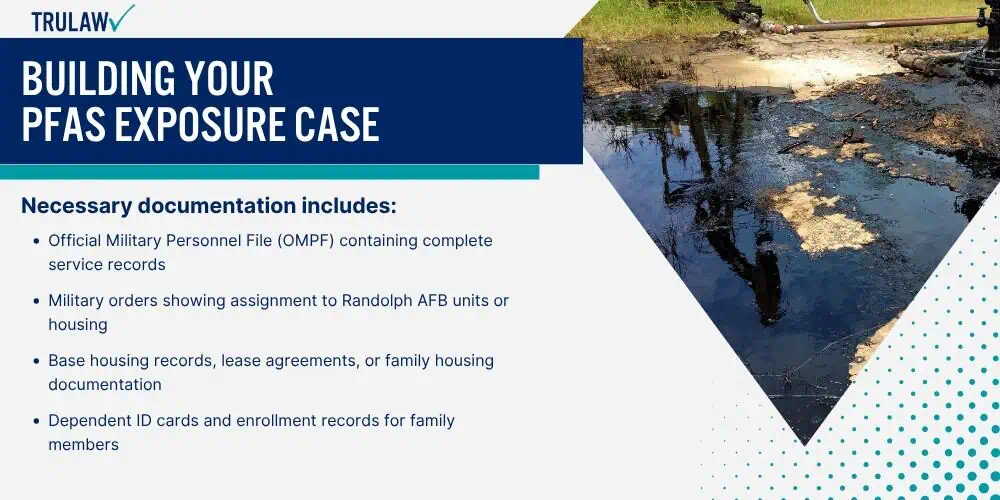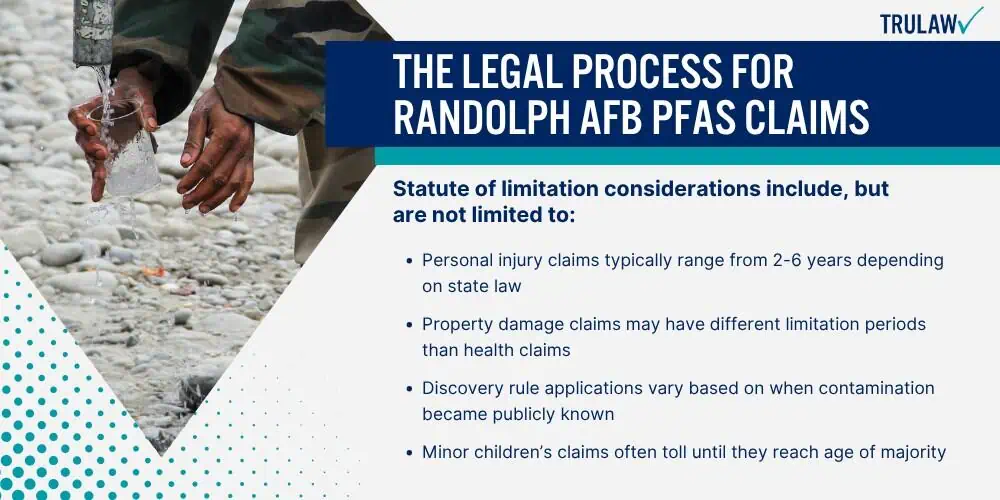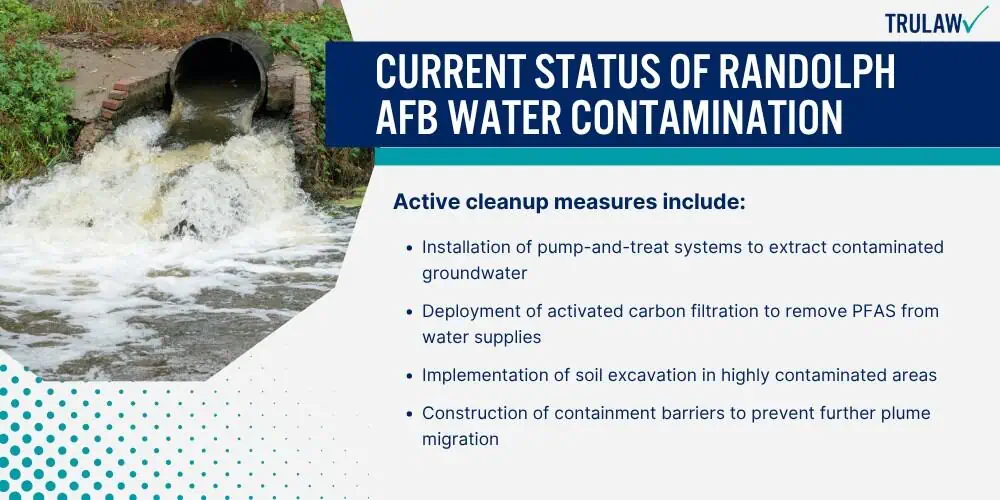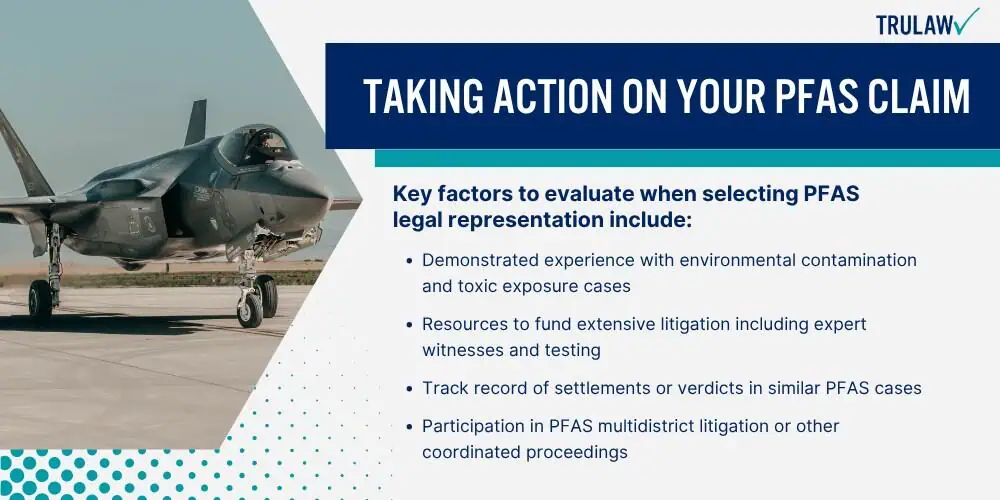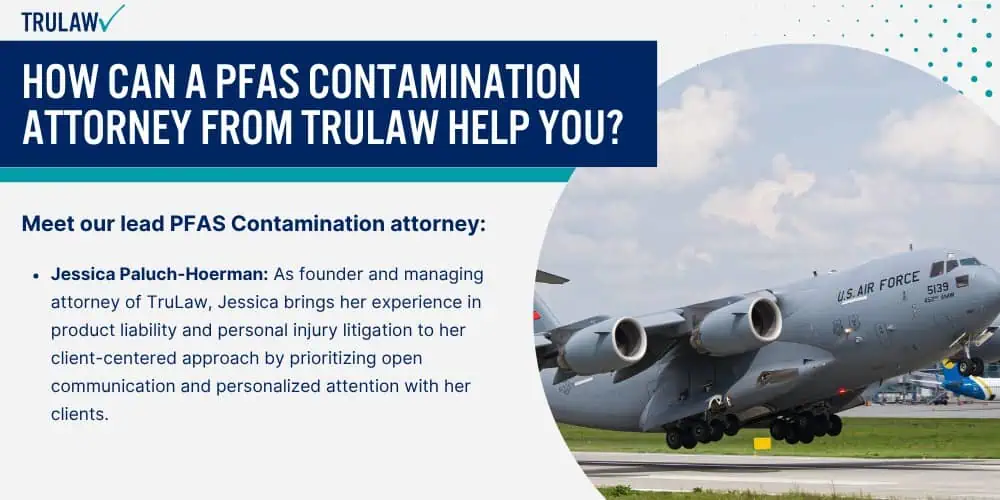Randolph Air Force Base, established in 1930 as the “West Point of the Air,” faces severe environmental contamination from decades of firefighting foam use containing toxic chemicals now recognized as persistent environmental hazards.
Testing has revealed groundwater contamination levels reaching 182,000 parts per trillion—more than 45,000 times higher than current federal safety standards affecting drinking water supplies throughout the region.
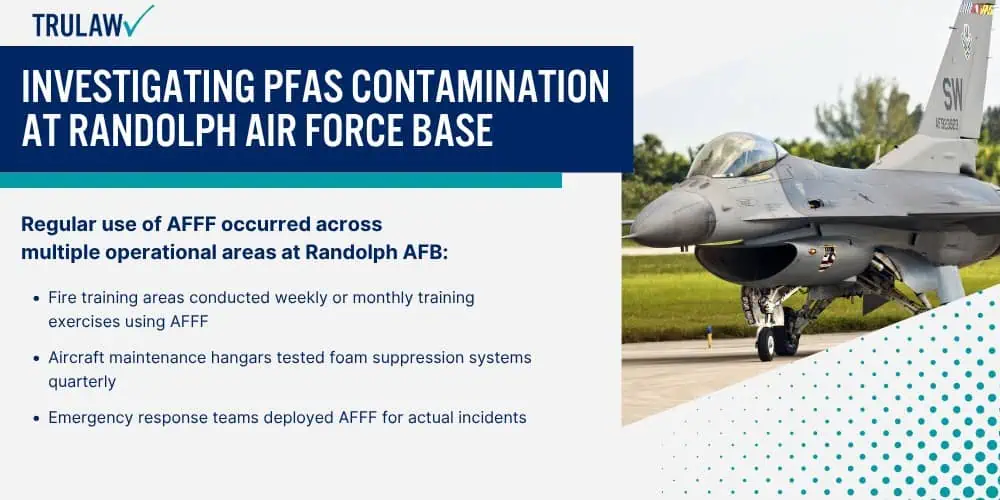
The base, now part of Joint Base San Antonio, served as a primary pilot training facility where routine firefighting exercises and emergency responses released these “forever chemicals” into soil and water systems affecting military personnel, families, and surrounding communities.
History of AFFF Use at Randolph AFB
Military installations across the United States, from England Air Force Base to Ellsworth Air Force Base, began using Aqueous Film Forming Foam (AFFF) in the 1970s as the primary agent for suppressing petroleum and jet fuel fires.
At Randolph AFB, firefighters and training personnel regularly deployed AFFF during aircraft crash simulations, hangar system testing, and actual emergency responses throughout the base’s operational areas.
The foam’s effectiveness in rapidly extinguishing Class B fires made it standard equipment for military fire departments, with stockpiles maintained in fire trucks, hangar suppression systems, and training facilities.
Regular use of AFFF occurred across multiple operational areas at Randolph AFB:
- Fire training areas conducted weekly or monthly training exercises using AFFF
- Aircraft maintenance hangars tested foam suppression systems quarterly
- Emergency response teams deployed AFFF for actual incidents
- Storage and disposal practices allowed foam residue to enter storm drains
Through 2001, manufacturers produced AFFF containing high concentrations of perfluorooctane sulfonic acid (PFOS) and perfluorooctanoic acid (PFOA), the most toxic PFAS compounds now regulated by federal agencies.
Despite manufacturers phasing out these specific chemicals by 2015, existing stockpiles remained in use at military bases while replacement formulations still contained other harmful PFAS variants.
Contamination Levels and Affected Areas
Environmental testing at Randolph AFB has documented alarming PFAS concentrations that pose serious risks to human health and environmental safety, similar to findings at Holloman Air Force Base and other installations.
Groundwater sampling revealed PFOS levels of 120,000 parts per trillion and combined PFOS/PFOA concentrations reaching 182,000 ppt—astronomical figures compared to the Environmental Protection Agency’s 2024 enforceable limit of 4 ppt for drinking water.
The contamination plume extends beyond base boundaries, affecting private wells and potentially reaching municipal water supplies serving thousands of residents in surrounding Bexar County communities (including areas near San Antonio International Airport where similar AFFF use occurred).
Testing has identified multiple areas of concern across the installation and neighboring properties:
- Primary contamination zones include former fire training areas and aircraft hangars
- Off-base migration detected in private drinking water wells
- Surface water contamination is found in drainage systems and nearby waterways
- Soil sampling shows persistent PFAS accumulation in multiple locations
The Environmental Working Group’s analysis ranks Randolph AFB among military installations with the highest documented PFAS contamination nationwide, alongside Wurtsmith Air Force Base and other heavily contaminated sites.
Geographic spread data indicates the contamination plume may extend several miles from source areas, with PFAS chemicals continuing to migrate through groundwater systems decades after initial releases.
Timeline of Discovery and Response
The path to recognizing and addressing PFAS contamination at Randolph AFB reflects a broader pattern across military installations nationwide, from Lackland Air Force Base to Eielson Air Force Base.
In 2016, the Department of Defense initiated systematic testing for PFOA and PFOS in drinking water systems at military bases following growing scientific evidence of health risks.
Initial sampling at Joint Base San Antonio facilities, including Randolph AFB, began identifying contamination that far exceeded provisional health advisory levels then in effect.
The following timeline shows key milestones in the discovery and response process:
- 2016: DoD begins comprehensive PFAS testing at military drinking water systems
- 2017: Off-base testing expands to include 2,445 public and private water systems near military installations
- 2018-2019: Air Force Civil Engineer Center conducts detailed site investigations at Randolph AFB
- 2020: Provision of alternative water sources begins for affected residents
- 2023: Major chemical manufacturers reach multi-billion dollar settlements for PFAS contamination
- 2024: EPA establishes enforceable drinking water standards of 4 ppt for PFAS
Public notification efforts faced criticism for delays in alerting affected communities about contamination risks, putting service members and families at increased exposure.
Many residents consumed contaminated water for years or decades before learning about PFAS exposure, raising concerns about transparency and the military’s responsibility to protect public health.
Ongoing remediation efforts include installing filtration systems, providing bottled water, and developing long-term cleanup strategies, though complete remediation may take decades given the persistent nature of these chemicals.

